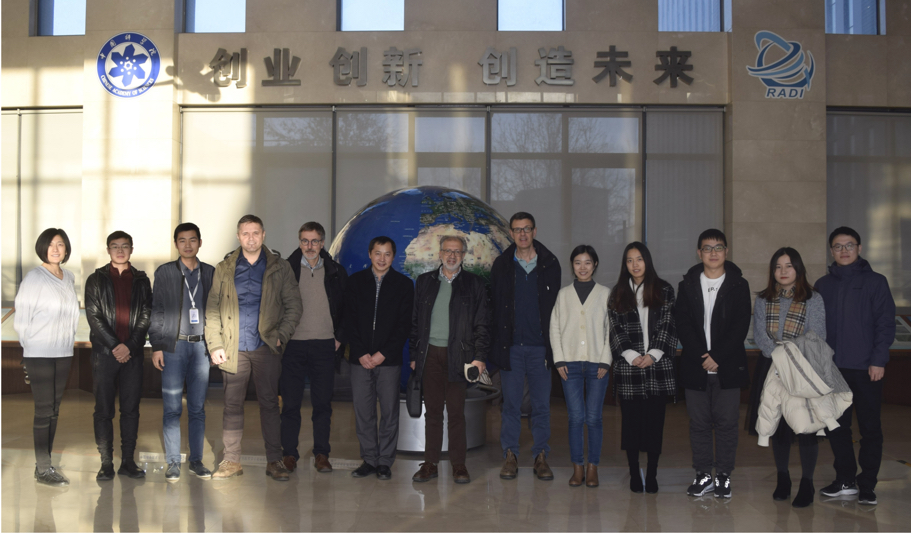Advancements in Satellite-based Crop Disease and Pest Monitoring
Feb 20, 2024
The collaborative project titled "Multi-source Satellite-coordinated Remote Sensing Monitoring of Crop Diseases and Pests", led by Prof. HUANG Wenjiang from the Aerospace Information Research Institute (AIR), Chinese Academy of Sciences (CAS), funded by CAS International Partnership Program, has yield fruitful results in the remote sensing monitoring of crop diseases and pests at regional and national scales. Partnering internationally, the project collaborates with the Institute of Methodologies for Environmental Analysis under the Italian National Council of Research. ;
The project harnesses high-resolution satellite imagery from China's GF series, the EU's Sentinel series, and other sources. By combining meteorological data, ground survey data, and considering the occurrence characteristics and spread patterns of major crop diseases and pests, the project has successfully devised robust remote sensing monitoring models. These models facilitate quantitative assessments of the spatial distribution and prevalence areas of crop pests and diseases, spanning various scales from global national levels.
The outcomes of this endeavor have garnered recognition from national leadership and key government departments such as the General Office of the Communist Party of China Central Committee, the General Office of the State Council, and the National Forestry and Grassland Administration.
Moreover, the project’s achievements have gained traction and endorsement globally from international organizations such as the Food and Agriculture Organization (FAO) of the United Nations, the Global Biodiversity Information Facility (GBIF). Notably, these achievements have been embraced and commended by relevant authorities in countries such as Pakistan, Somalia, Azerbaijan, Turkmenistan, Iran.
The practical implications of these achievements are far-reaching, playing a pivotal role in guiding evidence-based strategies for the scientific management of crop diseases and pests. Through informed interventions, the project has contributed to the reduction of pesticide usage while fostering significant social benefits for communities involved in agriculture.

Team members of the project. (Image by AIR)



News & Events